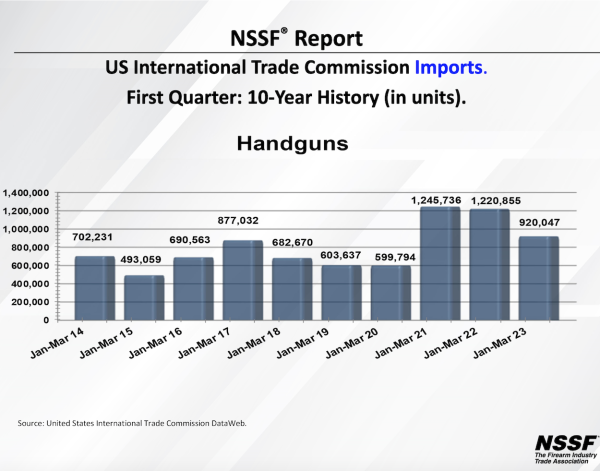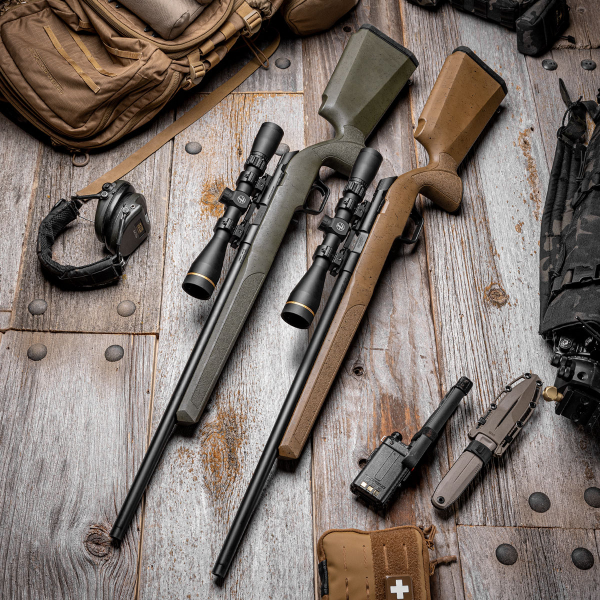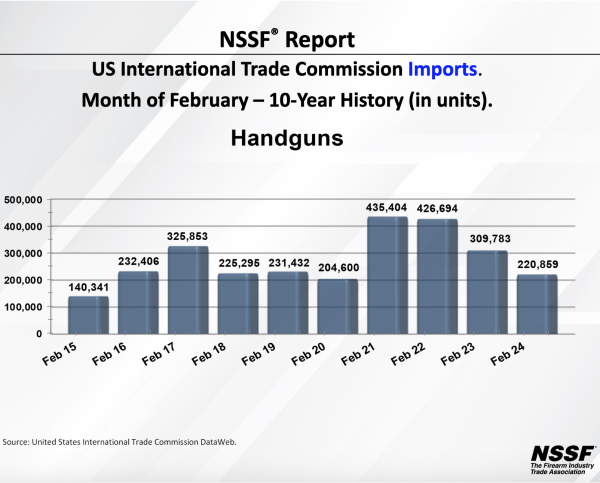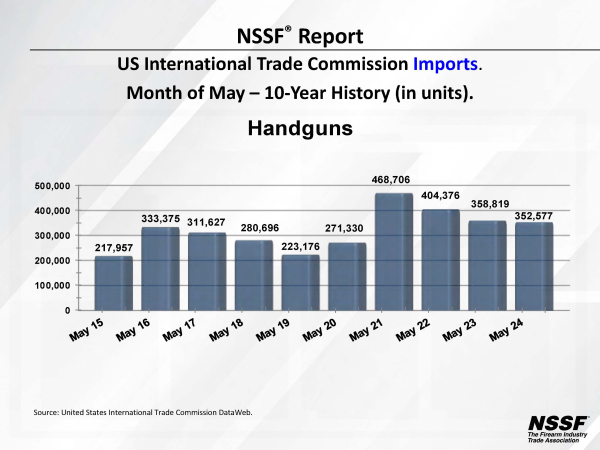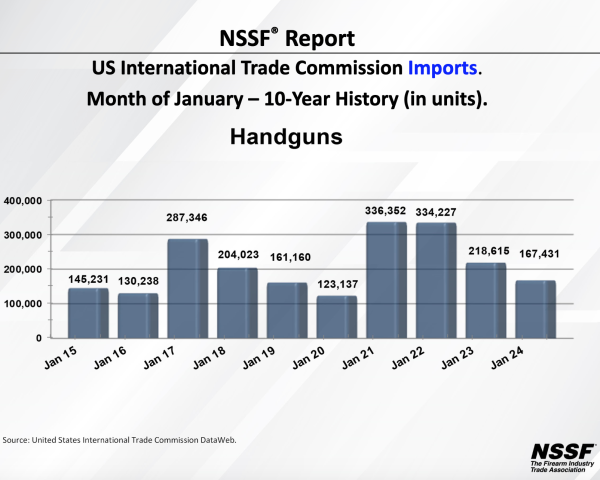Introducing Youngsters to Firearms
By Glen Wunderlich
Modern technology is such that it has never been easier to introduce youngsters to the shooting sports with the world’s most popular caliber: the .22 rimfire. Firearms are now offered with adjustable synthetic stocks, so that smaller-framed youths can enjoy the sport without having to cut down wooden stocks, as was done commonly in the past; this fact allows youngsters to be able to grow with the firearm. In addition, inexpensive telescopic sights can upgrade more difficult-to-learn iron sights, thus expediting the learning curve. Plus, with the vast array of affordable and plentiful ammo, one doesn’t have to break the bank to get started.
I prefer to start a beginner with anything but a semi-auto rifle for a number of reasons. While it may make for exciting movies, shooting fast is counter-productive to learning the basics of marksmanship. In addition, semi-autos need to be kept clean to function properly or jamming actions stop the activity. Beside, a single shot, or bolt action, or lever action is inherently safer, because the action must be manually cycled to fire again.
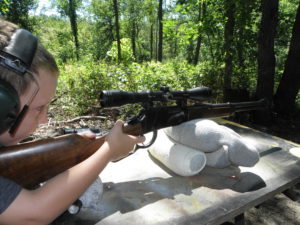
Young Landon sizing up a shot with a Henry lever action .22 rimfire topped with a Bushnell rimfire scope
And, the final reason for avoiding auto loaders is that they need to be fed relatively high energy ammo to cycle the action – not typically conducive to accuracy.
Youngsters (and, adults for that matter) will find that better triggers mean better accuracy. Several relatively inexpensive models have incorporated adjustable triggers that fit the bill. Savage produces its Mark II rimfire rifle with its innovative AccuTrigger and Ruger’s counterpart incorporates its Marksman adjustable trigger with 2.25 to 5 pound pull weight. The beauty of these adjustable triggers is that they offer user-adjustable triggers, so there’s no need for gunsmithing.
When it comes to scopes there are some to avoid. The typical scopes designed for centerfire rifles are not a good choice, because their fixed internal parallax is set for 100 yards or more – not the range commonly employed with a beginner’s rimfire. Parallax is the difference in apparent direction of an object, as seen from two different points.
If you want to see if parallax is present, do this: Set any scoped firearm onto a solid rest and focus the crosshairs onto a target – especially one from 30 to 40 yards for the purpose of this experiment. Without moving the firearm, move your head a bit as you look through the scope. If the crosshairs seem to move, you have parallax! A rimfire-specific scope minimizes this distortion or eliminates it altogether at the shorter range used with rimfires.
The final piece of the puzzle for the beginner is the ammunition. Most any supersonic ammo will not be as accurate as standard velocity, or sub-sonic ammo, which is one in the same. Noise-sensitive youngsters will take to the quieter ammo better and it also has the added advantage of being more accurate – a fact that any seasoned target shooter understands. No matter what ammo is chosen, make sure to have on hand good hearing protection that will fit a young shooter.
As the adult, it’s good policy to sight in the firearm at a given range from a solid sandbag rest – say 25 yards, before handing it off. Once dialed in, the challenge is to shoot small groups in the center of the target. After that, reactive targets such as cans or plastic water bottles filled with water can make for an enjoyable session of learning. And, don’t be surprised if those young eyes show you up!



